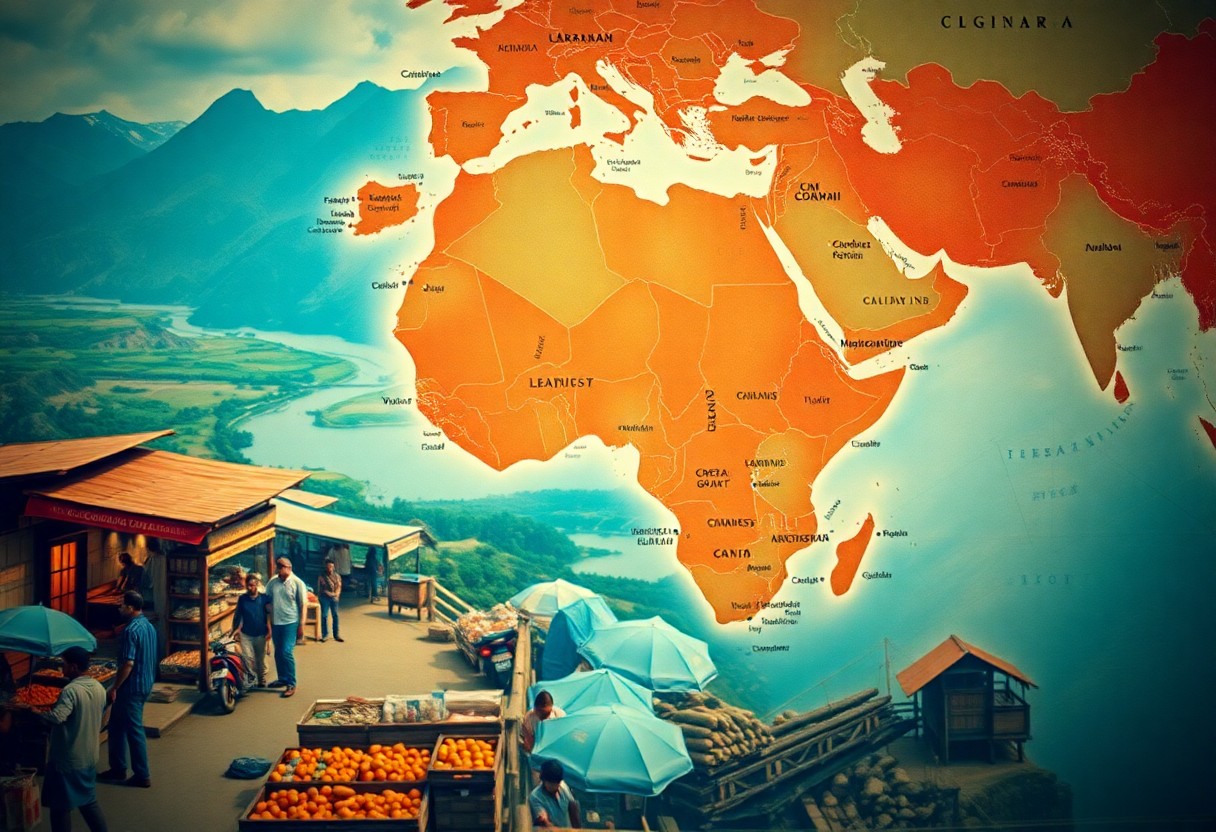Many people are unaware of the unique challenges faced by landlocked countries around the world. A landlocked country is defined as a nation that is entirely surrounded by land, possessing no direct access to an ocean or sea. This situation can create significant hurdles for trade, transportation, and economic development. In this article, you will learn more about what landlocked countries are and how they manage to thrive despite their geographical limitations.
There are currently 44 landlocked countries globally, with notable examples including Switzerland, Mongolia, and Bolivia. These nations face disadvantages that coastal countries do not, primarily concerning international trade. Without coastal access, they must rely on neighboring countries to transport goods and services via roads and railways, which can add to overall costs and increase transit times. To facilitate trade, these countries often enter into agreements with their maritime neighbors, allowing them to use their ports for importing and exporting goods. Understanding these agreements is imperative if you want to comprehend how landlocked countries operate within the global market.
To navigate the challenges of being landlocked, these nations typically adopt specific economic strategies. You may find that many landlocked countries focus on developing strong relationships with their neighboring countries to secure transit agreements and ensure smoother trade routes. For instance, countries like Switzerland emphasize competitiveness in finance and high-value industries, which helps bolster their economy despite limited access to shipping routes.
Infrastructure development also plays a vital role in the survival of landlocked nations. By investing in efficient transport networks, such as railways and highways, these countries can enhance trade links with their neighbors. Some landlocked nations, like Botswana, have successfully developed robust transport systems that allow them to connect effectively with southern African ports, thereby mitigating the drawbacks of being landlocked.
Additionally, tourism is another significant factor in the economies of many landlocked countries. You may not realize that countries like Bhutan and Mongolia attract thousands of tourists each year, thanks to their unique landscapes, rich cultural heritage, and adventure tourism opportunities. These countries invest in promoting their attractions, which helps generate income and create job opportunities for residents.
In recent years, some landlocked nations have also turned to technology and innovation to diversify their economies. For example, you might find that services such as information technology and digital finance are on the rise in landlocked countries, providing new avenues for growth. This adaptability showcases how some landlocked nations can overcome their limitations and thrive in an increasingly interconnected world.
To sum up, while being landlocked presents several challenges, countries can find ways to survive and even prosper. By fostering trade relationships, improving infrastructure, promoting tourism, and embracing innovation, landlocked nations can carve out their own paths to success. So, next time you think about geography, consider the remarkable stories of resilience and innovation that define these unique countries.







